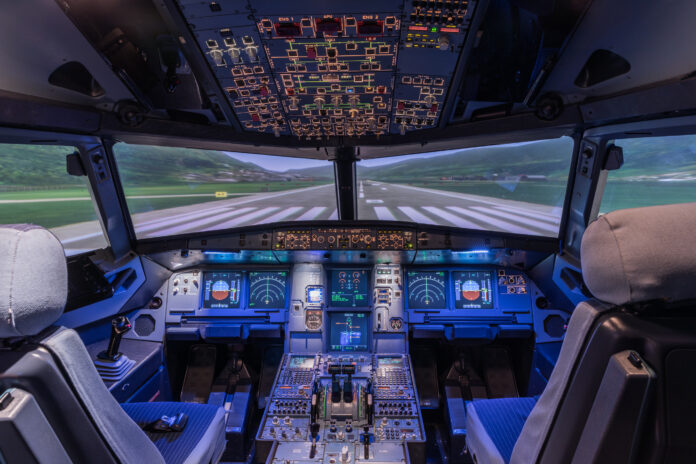
Artificial intelligence (AI) has made remarkable strides in aviation, from flying military aircraft to assisting commercial pilots. But how soon will we see AI take full control of passenger planes?
AI in the Cockpit: A Gradual Evolution
AI has already proven capable of flying tactical aircraft without human intervention. In early 2023, an AI system successfully piloted an F-16 fighter jet for 17 hours—a milestone that highlights the rapid advancement of autonomous flight technology. However, transitioning from military applications to commercial passenger flights presents an entirely different set of challenges.
For years, automation has been a staple of commercial aviation. Cockpits once required a crew of five, including a navigator, flight engineer, and radio operator. Today, automation has streamlined these roles, leaving just two pilots in charge. Some airlines are already considering the possibility of reducing that number to one, with AI stepping in as a co-pilot.
The Airline Industry’s Perspective
Earlier this year, the president of Emirates suggested that AI could soon serve as a co-pilot, sparking concerns about safety. While the idea of single-pilot operations may seem radical, it follows the industry’s long history of adopting automation to improve efficiency and reduce costs.
Airlines have a strong incentive to explore AI’s potential. By optimizing flight paths, AI can reduce fuel consumption, saving millions of gallons annually. A partnership between Alaskan Airlines and Air Space Intelligence (ASI) demonstrated this in action—AI-driven flight route adjustments saved 480,000 gallons of fuel over six months.
AI’s Expanding Role in Aviation
AI is already proving its capabilities in several key areas:
- Optimizing Flight Paths: AI-driven navigation systems can improve fuel efficiency, reduce delays, and streamline air traffic management.
- Emergency Response: AI co-pilots, such as MIT’s Air Guardian, can take control during critical situations when human pilots are distracted or overwhelmed.
- Ground Control Operations: AI is playing a growing role in air traffic management, with companies like Airbus developing Unmanned Traffic Management (UTM) systems to assist human controllers and potentially automate airspace coordination.
Regulatory Hurdles and Safety Concerns
While AI’s potential in aviation is vast, regulatory approval remains a major barrier. Aviation safety has traditionally prioritized consistency and predictability—values that conflict with AI’s adaptive learning approach.
The European Union Aviation Safety Agency (EASA) has been working to define AI’s role in aviation through a structured roadmap. This roadmap outlines three levels of AI integration:
- Level 1: AI assists human pilots (expected by 2025).
- Level 2: AI collaborates with human pilots in decision-making (targeted for the 2030s).
- Level 3A & 3B: AI makes autonomous decisions, with human override at Level 3A, and full autonomy at Level 3B (anticipated mid-century).
The U.S. Federal Aviation Administration (FAA) has also recommended that AI systems be designed with built-in redundancies and fail-safes to prevent unintended actions.
The Future of AI in Passenger Aviation
Although AI-driven automation is set to enhance safety and efficiency, full autonomy remains a distant goal. Before AI can fully replace human pilots, the industry must overcome regulatory, technological, and psychological barriers—most notably, the willingness of passengers to entrust their lives to an AI pilot.
While AI will likely take on increasing responsibilities in the cockpit over the next decade, a completely pilotless commercial airliner is unlikely before the mid-21st century. Until then, AI will continue to serve as a powerful co-pilot, enhancing safety and efficiency while humans remain in command.




